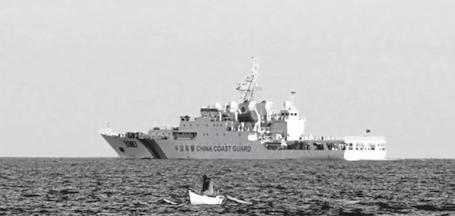
1 minute read
PH, China make headway on ‘fishing...
have a plan,” Marcos said.
“We are making some progress in that regard,” he added.
Advertisement
Since 1999, Beijing has imposed a yearly fishing ban in the vast South China Sea, including the West Philippine Sea, or the parts within the country’s 370-kilometer exclusive economic zone (EEZ), despite a 2016 arbitral ruling recognizing the Philippines’ sovereign right to fish and explore for resources in those waters.

Other income source
“When they say there will be a fishing ban in two months’ time, we can make a plan,” Marcos said.
“What will our fishermen do? So let’s give them another livelihood or another source of income.”
In May, the president said Beijing had agreed to discuss the fishing rights of Filipino fisherfolk in the South China Sea, as many of them often experience harassment from Chinese vessels even in their traditional fishing grounds.
“These things do not come very quickly… but we are slowly making progress because the key to that is the improved communication between the Philippine government and the Chinese government,” the president said.
Marcos had ordered the Philippine Coast Guard and the Department of Foreign Affairs (DFA) to create a map of the Philippines’ fishing grounds in the West Philippine Sea, which he planned to present to China.
In 2016, the Permanent Court of Arbitration in The Hague, Netherlands, ruled in favor of the Philippines by invalidating China’s sweeping claims in the South China Sea and recognizing the right of Filipinos to fish in those waters.
Beijing has refused to acknowledge that decision.
On June 16, a Chinese navy ship reportedly shadowed the Philippine civilian patrol vessel BRP Francisco Dagohoy as it was heading back to Palawan from the Philippine-occupied Pag-asa Island.
Asked to comment on the incident, Marcos suggested that Beijing was actually becoming less hostile.





